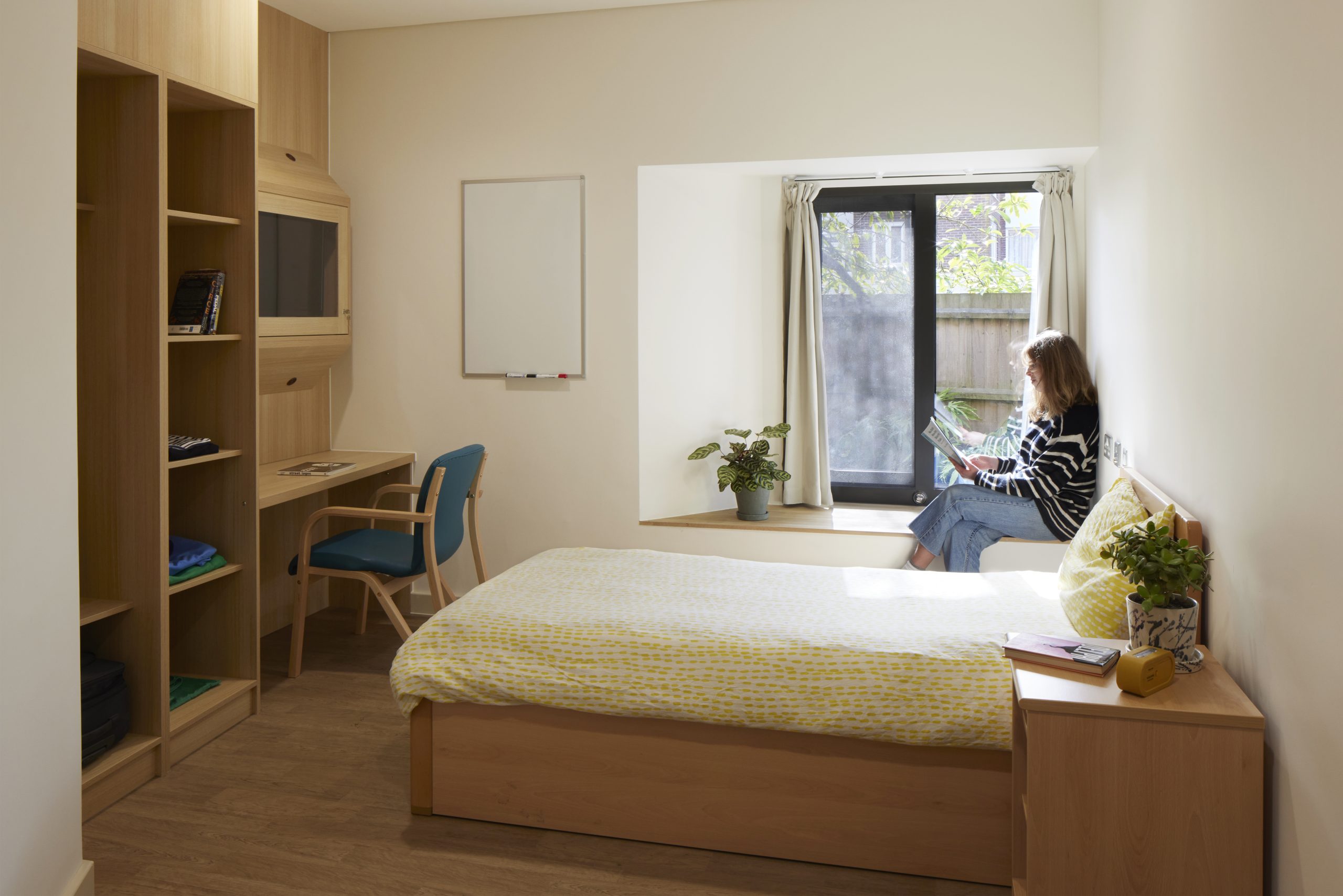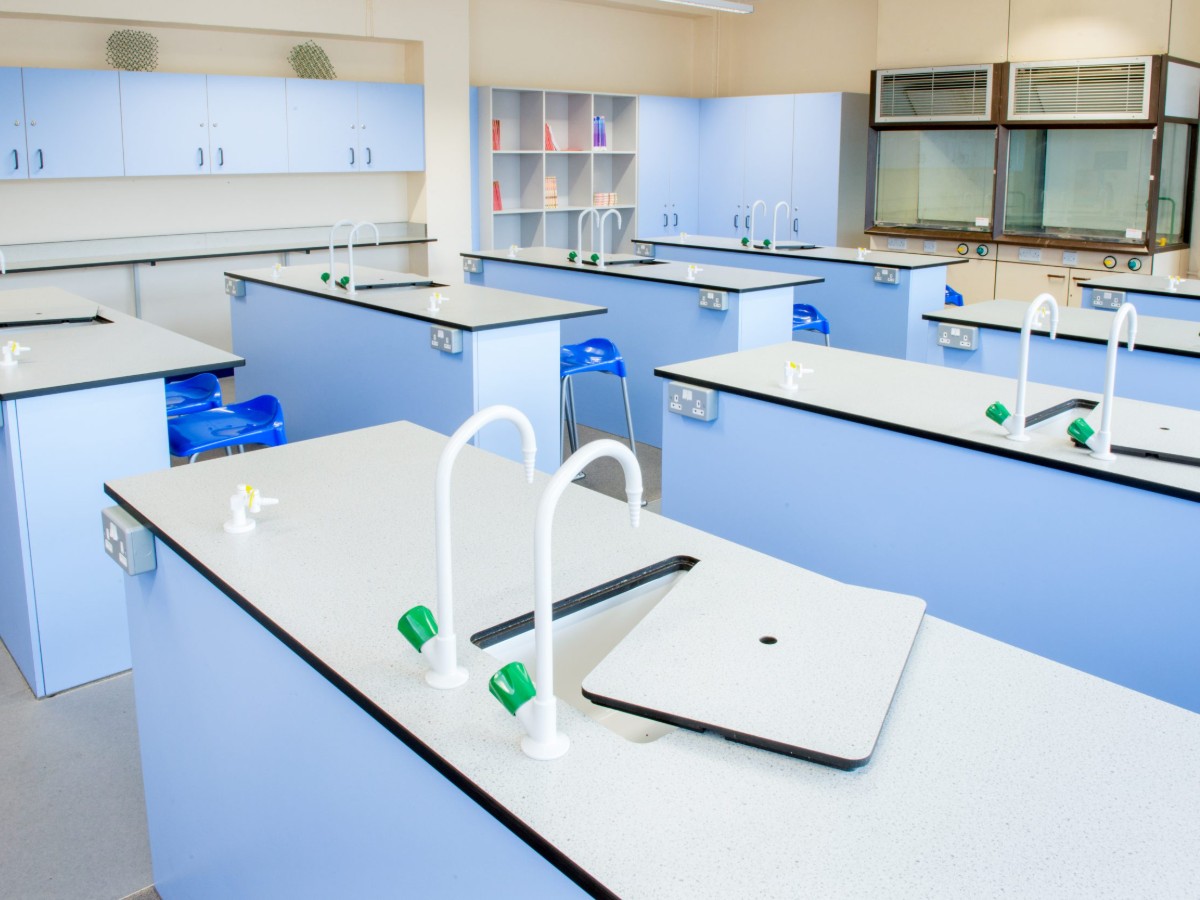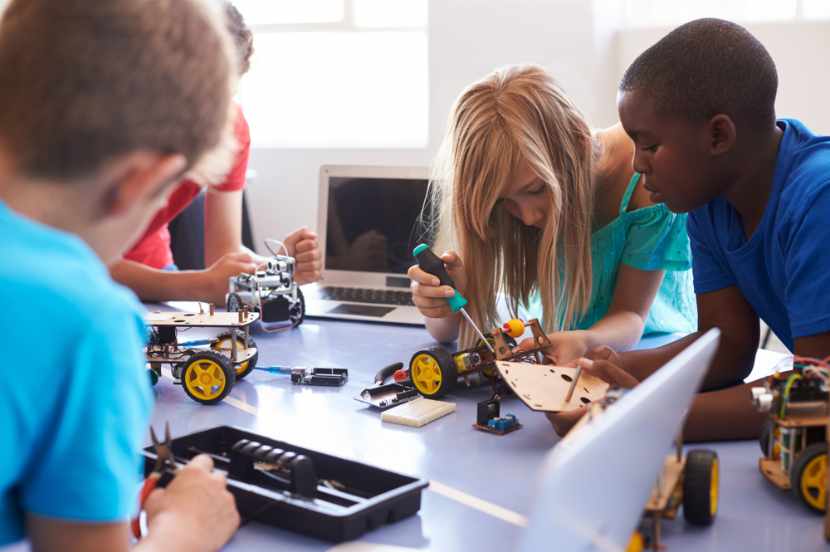Student accommodation has undergone a significant transformation in recent years. Once a basic necessity, frequently…

What the UK’s 2050 carbon-neutral goals mean for school refurbishment and new construction projects
Following 2021’s COP26, the pressure is heating up for UK businesses to demonstrate how they will reach carbon neutrality according to the UK’s 2050 goals. Most businesses by now will have been considering their responsibilities and putting plans in place to neutralise their emissions, but those that have not are going to feel the pressure increase in the near future. And competition is sure to rise with investors and contractors seeking carbon-conscious partners. We look at carbon neutral goals and what they mean for schools.
What does this mean for new construction projects and school refurbishments?
In a publication by BBC News, financial firms and institutions are going to be forced to produce detailed public plans demonstrating how they will reach the 2050 net-zero target. Of course, not all projects rely on private financing, but this trend is an indication of what’s to come and what will be expected from project managers putting together their suppliers and providers.
On the public side, government-funded projects are even further along in enforcing 2050 goals and producing transparent reports about how their projects will meet their net-zero ambitions.
The walls are closing in for businesses across the UK to state their commitments and demonstrate how they will be reached.
What this means for refurbishment and construction projects goes beyond just designing schools to be more energy efficient in their design. The entire lifecycle, from sourcing materials, transporting them to the site, erecting them and furnishing them, will need to be shown to be environmentally friendly. That means providing commitment statements and details from suppliers and their suppliers to understand the real impact of the supply chain, logistics and construction of projects.
Already established in Wales, all new schools and colleges need to be net-zero carbon emitters. Here’s how they are doing it:
Demonstrating a 20% reduction of embodied carbon
Embodied carbon emission looks at the carbon emitted through the construction process. This includes the materials used. All new refurbishments and builds will have to prove how their process and materials reduce 20% of usual emissions, and there will be expectations to show how further reductions will be made in the future.
Introducing biodiversity
New proposed buildings will also include ambitious plans for biodiversity, active travel and electric vehicle charging facilities.
Encouraging active travel
Considering the health of students and the reduction of cars dropping them off, active travel initiatives are expected to make walking or biking to school a more appealing means of transport.
Installing charging stations
To encourage the use of electric vehicles (EVs) and plan for the future when they are in greater use in the UK, the new rules will require new schools to have charging stations available to meet needs for the future.
On-site power generation and battery storage
Capturing and putting to use otherwise wasted energy, power generation initiatives are to be installed, along with battery storage capabilities to capture the energy to power the school.
Realistically, what’s expected
There is no news that the Wales initiative will be mirrored in England, but comparing to neighbours is, at the very least, a way to seek inspiration regarding how to offer competitive solutions to new builds and refurbishments.
As for your furniture supplier, David Bailey Furniture Systems is committed to reducing carbon emissions, activities we have already begun through the materials we use and our focus on local production, which keeps our transportation local and lower-emitting.
Carbon neutral goals – find out more
By producing our furniture on-site at our manufacturing facilities, we have complete oversight of the process, allowing us to offer transparency to our clients about the ecological contribution we make to our projects. Read case studies of education facilities using our furniture or contact us today to learn more about our environmental initiatives.







